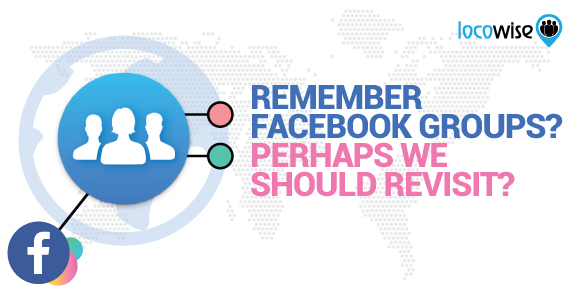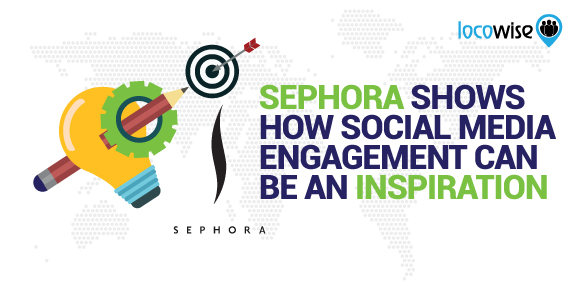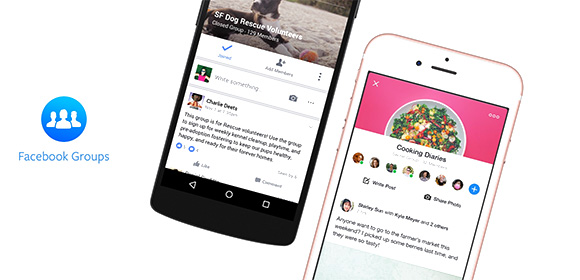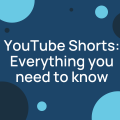Remember Facebook Groups? Perhaps We Should Revisit?
Sahail Ashraf posted on 26 July 2017
Facebook is an absolutely essential part of any brand’s marketing strategy. If you are not on the platform, you’re nobody. Brands have worked hard and built their little spots on Facebook, but there is one particular aspect of Facebook that many companies don’t put 100% into.
Facebook Groups has been around for ages as a service, but it still is not being tapped into by the majority of brands out there. We think it is because brands feel it is a truly ‘social’ thing, not a place to start marketing. This is not the case, and in fact Facebook Groups can be used to get even more out of your work on social media.
There are a few ways in which you can leverage your connections and communities on Facebook Groups. And this stuff is useful because it is a little neglected right now.

Pick any brand that has made headway online and you will find that they don’t use Groups as much as they could. Maybe it is time to assess what you have done so far and try a few of the following suggestions out.
Be real and focus on the people who matter
At the start, engagement is the only thing you should be doing on Facebook Groups. Anyone who is trying to hawk their latest offer or seminar or webinar, or whatever, will swiftly be ignored.
You are literally on Facebook Groups to engage with connections. This means making sure that the content you post and the questions you ask don’t have the whiff of the commercial about them. They have to be the complete opposite.
People will spot fake approaches too, so if you’re able to arrange for a friendly, helpful level of communication because that is what you want to do, you should see some great engagement taking place. People want to know about your brand, but they don’t want to hear about it all the time.
This is a long game, and we suggest putting in the time to get to know the people in the group you have joined. Post fun stuff, and link to stuff that would be helpful in their fields.

Don’t offer too much advice at the start of things, but instead be more of an observer, a brand that likes to see what people are up to. This ensures that you don’t scupper the relationship building that the process needs.
Be that help they need
As you start to build a relationship or two, start offering some answers to questions that the community has. Alternatively, ask some questions yourself about the specific industries the people are in.
This is a great way to become involved in the lives of the community, and it allows you to strengthen the relationship. As you can imagine, this will take some time to embed. But the payoff means that you really do become part of that community, and people will start to see you and your brand as experts in the field.
Step it up a bit after this level of engagement by literally finding posts on your company blog or social feeds, posts that resonate with the issues that the community faces. This is providing help with stuff you have created.
We must caution that you should not be doing this kind of thing until you have spent some time engaging with that community. These people may be discussing stuff that annoys them, and that you can help them with, but they don’t expect to see a new voice literally giving them the answer, especially if it is via a service they have to pay for. Take your time, and find genuinely useful content that you know will help, and just put it out there.
So now you are at the stage where you have made connections within a community that you can ultimately serve. It’s time to start thinking about how that expert approach in Facebook Groups can offer something that will lead to commercial relationships.
The offering
We will again state that the main aim in Facebook Groups is to build relationships and help a community. This is something that you should be striving for at the very start of your Facebook Groups work.
But when things are really starting to take shape and you are having conversations with group members as well as meaningful engagement with your work, you can start to offer services. But it is important that the services you offer are helpful and meaningful to the audience you are starting to build up.
Put a face to the brand by offering live streams or discounted offers for your product or service. This way you are presenting your solution, but again after having spent some time building up the relationship.

We have all seen the ‘exclusive webinar’ that no one really wants to attend. It’s pushy, full of sales talk and not built on a long term plan of relationship development.
The time frame
If you or your clients are serious about using Facebook Groups properly, it is best to run a campaign over a year.
Spend the first three quarters of the year building that relationship by being helpful and not about your brand. Then the last quarter is where you start building in offers, but keeping that engagement to offer ratio around the 75:25.
Facebook Groups are neglected by a number of brands, who feel that it is too much of a long game and that it doesn’t suit their approach.
But there is a real chance to connect, engage and serve on the Group’s platform. Step away from your business page, and focus on helping groups. You may be surprised at the ROI when you are essentially putting in time rather than money.
Would you like to know exactly how well your client’s social media is doing? Faced with the ugliest spreadsheets in the world? Try Locowise for free, for an incredible seven days. All our tables are pretty and useful, and agencies love them.



